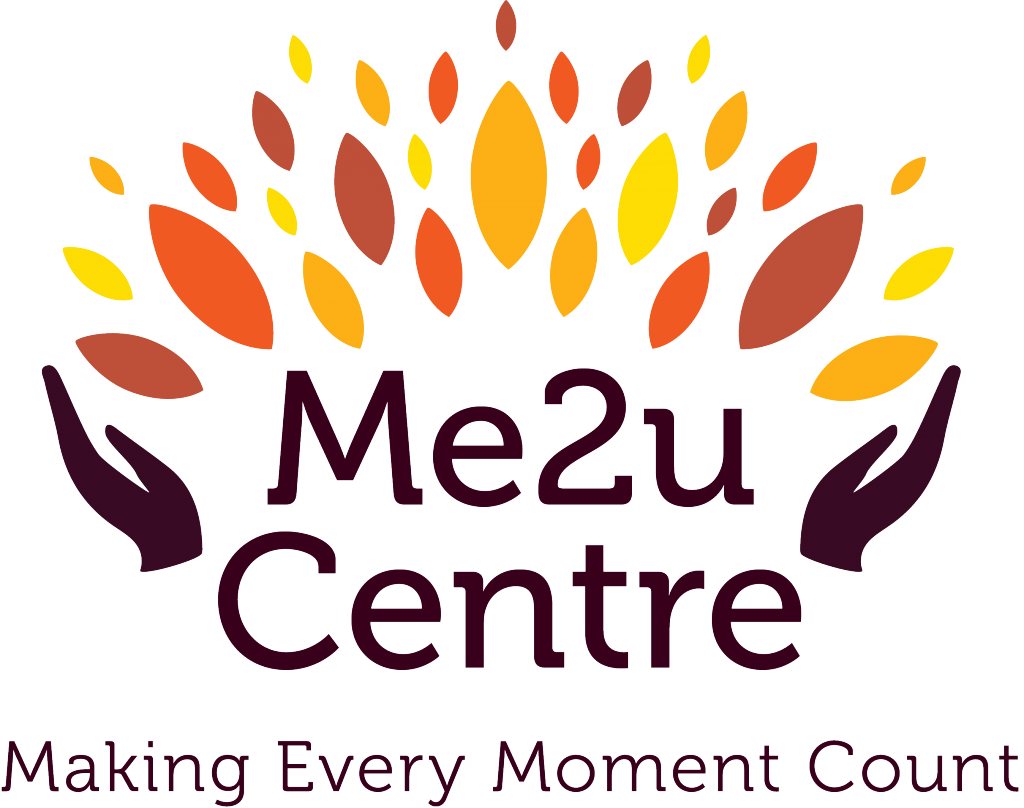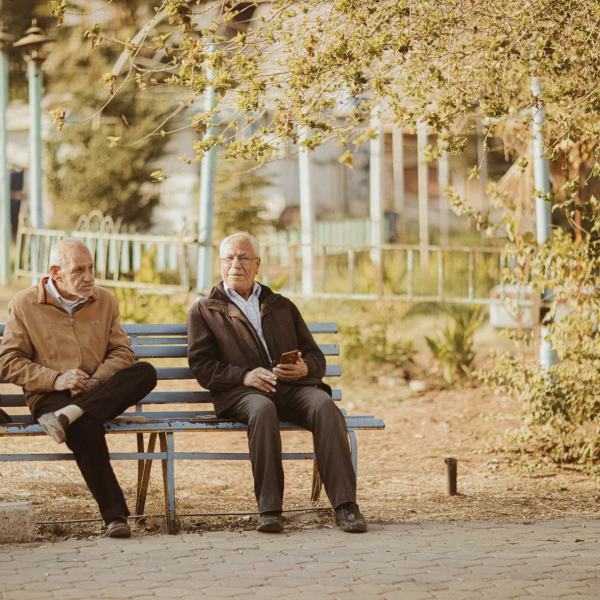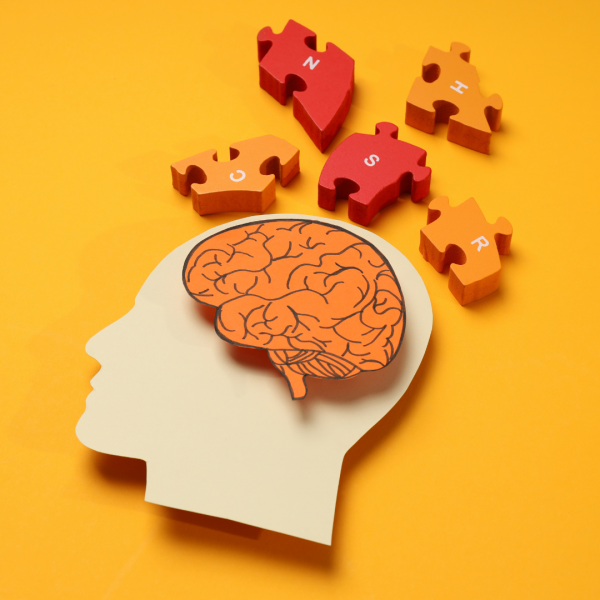In this series of blog posts, we’ll be looking into the different types of alternative therapies associated with dementia. In this blog, we review light therapy:
Light therapy is an alternative treatment for dementia. There isn’t much evidence to support this as an effective protocol, however we wanted to explore it to give you as much information as possible.
Bright light therapy is used to help regulate our body clocks, or circadian rhythm. When these circadian rhythms are out of sync, sleep problems can occur, which leads to disruptive behaviour. Bright light therapy uses light boxes – this emits 30 times lighter than in a normal office. You sit near the light box for a designated period of time and the theory is that it can help sync up your body clock so you can get a better night’s sleep. Some studies have shown positive effects, such as more sleep at night and a reduction of daytime naps.
More research needs to be done to ascertain its effectiveness for dementia specifically.
Photo biomodulation is another form of light therapy, created by Vielight. It involves wearing a headset. The Neuro RX Gamma reflects near-infra-red light though the skull and nose and it is claimed this can help the brain react differently to dementia-related changes.
One study has shown positive signs that this can increase brain functions leading and lead to improved sleep, less disruptive behaviours, anxiousness and wandering. However, this was only a small-scale experiment, and more research is needed to justify its findings.
Given these early findings, it will be interesting to see what comes out from future trials to see if light therapy could be a positive treatment for people living with dementia.
If you or a loved one would like to know more about the types of therapy, we provide here at Me2U, please get in touch with our friendly centre staff today.
Read similar blogs from us here.




